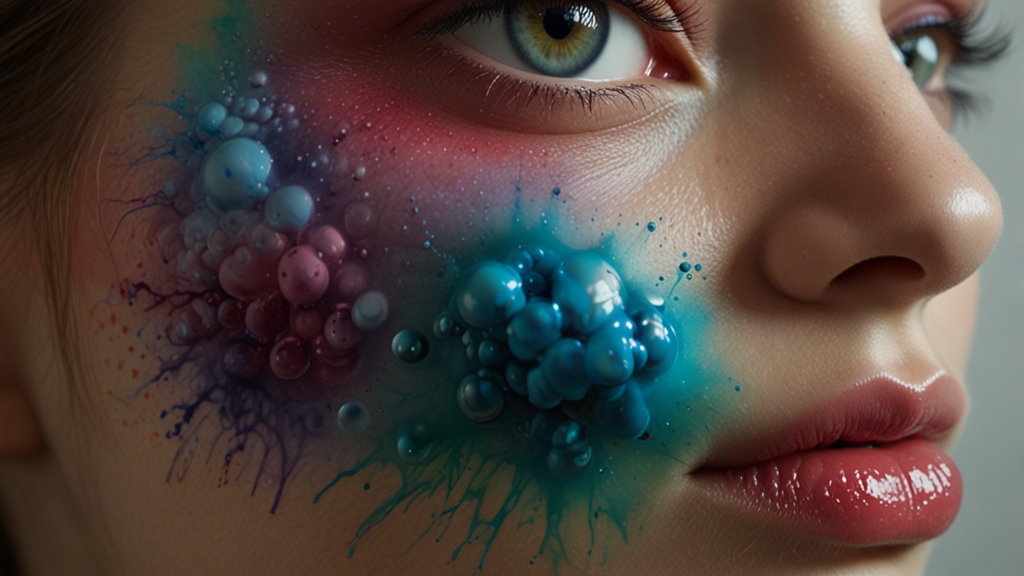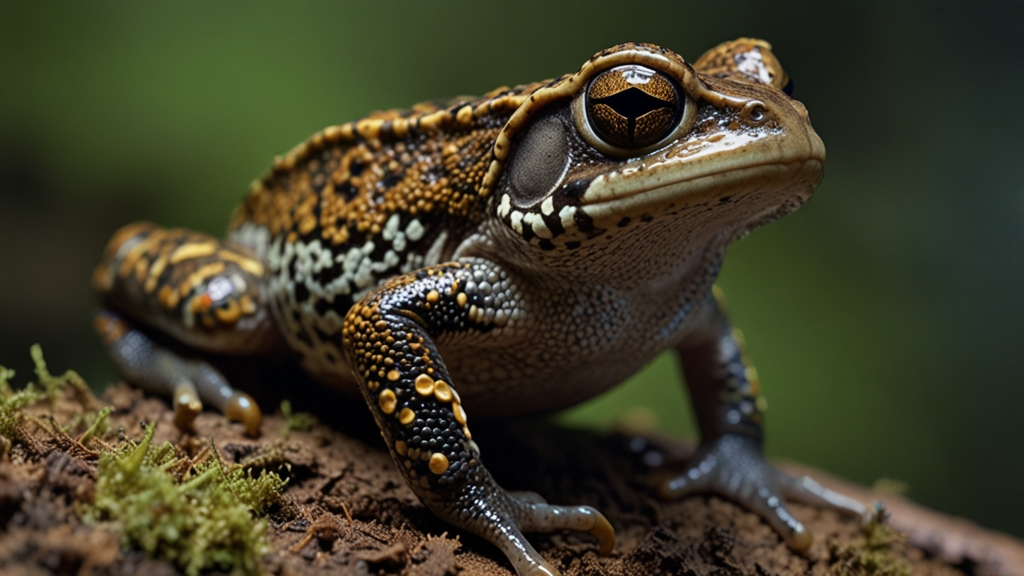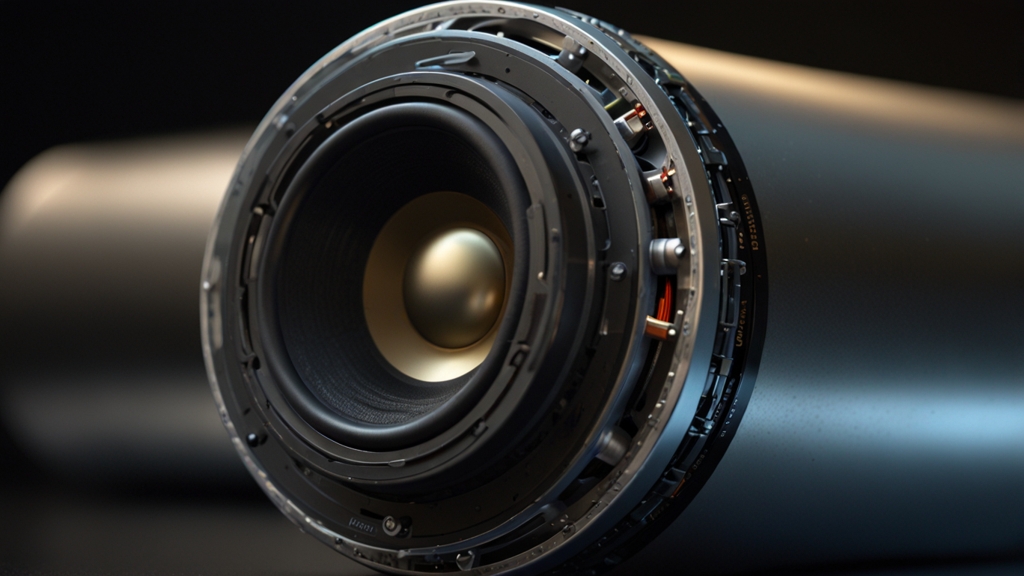Chemistry and Art: How Scientists and Artists Collaborate for Beauty
Chemistry and art might seem worlds apart, with chemistry entrenched in the realm of science and logic, and art thriving in creativity and expression. However, these two fields frequently converge, resulting in collaborations that bring out remarkable outcomes in color, texture, preservation, and restoration. Through various techniques, artists and chemists can work together to create and maintain beauty in ways that neither could achieve alone.
The Historical Intersection
Historically, the connection between chemistry and art dates back to the earliest days of civilization. Ancient artisans used natural pigments derived from minerals, plants, and insects to create their masterpieces. The discovery and application of these materials were early instances of practical chemistry.
For example, the Egyptians used copper-based compounds to produce mesmerizing shades of blue and green on their artifacts and artworks. The Renaissance period also saw a significant merging of science and art, with artists like Leonardo da Vinci employing an understanding of chemistry to innovate with new materials and techniques.
Modern Day Collaborations
In modern times, the collaboration between chemists and artists has taken on more sophisticated dimensions. One notable area is the development of synthetic pigments. These pigments provide artists with a broader palette of colors that are more vibrant, stable, and less toxic compared to their natural counterparts. Chemists work meticulously to ensure these pigments maintain their consistency, resist fading, and mimic the qualities of traditional paints.
This collaboration allows artists to achieve a greater depth and variety in their work while ensuring longevity and safety. As a result, the beautiful innovation continues to flourish as artists push the boundaries of their creative expressions.
Forensic Art Conservation
Art conservation is another critical area where chemistry and art intertwine. Chemists and conservationists collaborate to preserve and restore priceless pieces of art, employing scientific techniques to understand the materials and methods originally used by the artists. This process can involve analyzing micro-samples of paint, varnish, and other materials to identify their composition.
For example, using techniques like X-ray fluorescence (XRF) and Fourier-transform infrared spectroscopy (FTIR), conservationists can determine the elemental makeup of pigments. They can then formulate strategies to clean, repair, or even recreate sections of artwork that have deteriorated over time.
These scientific methods ensure that restoration work is done with precision and respect for the original artwork, preserving its beauty for future generations.
Innovative Materials and Techniques
Beyond pigments and conservation, chemists are creating innovative materials that artists can incorporate into their work. One such example is the development of conductive inks and pigments, which enable the creation of interactive and multimedia artworks. These new materials can respond to touch, light, or electrical signals, giving artists novel ways to engage their audience.
Moreover, nanotechnology has opened up new possibilities in art. Nanoparticles can be engineered to exhibit unique optical properties, creating colors and effects that are otherwise impossible to achieve with traditional materials. For instance, gold nanoparticles can produce rich reds and purples that shift in hue depending on the viewing angle.
Environmental Considerations
The collaboration between chemists and artists also addresses environmental concerns. Traditional art materials can often be hazardous to both the environment and the artists themselves. Chemists are continuously working to develop eco-friendly alternatives that reduce toxicity and environmental impact.
Water-based paints, biodegradable resins, and non-toxic solvents are just a few examples of how chemistry is contributing to more sustainable art practices. By prioritizing environmentally friendly options, artists can continue to create beautiful works while minimizing their ecological footprint.
A Future of Collaboration
The relationship between chemistry and art is not static; it is an evolving partnership that promises to yield even more exciting developments in the future. As both fields advance, the synergy between them will likely lead to new materials, techniques, and methods for creating and preserving art.
This ongoing collaboration underscores the idea that beauty is not solely the domain of artists or scientists, but a shared human endeavor that brings together creativity and knowledge in the pursuit of aesthetic and cultural enrichment.
In conclusion, the collaboration between chemists and artists exemplifies how interdisciplinary partnerships can lead to extraordinary advancements. By merging the logical with the creative, the measurable with the immeasurable, they achieve levels of beauty and preservation that continue to inspire and captivate us all.














